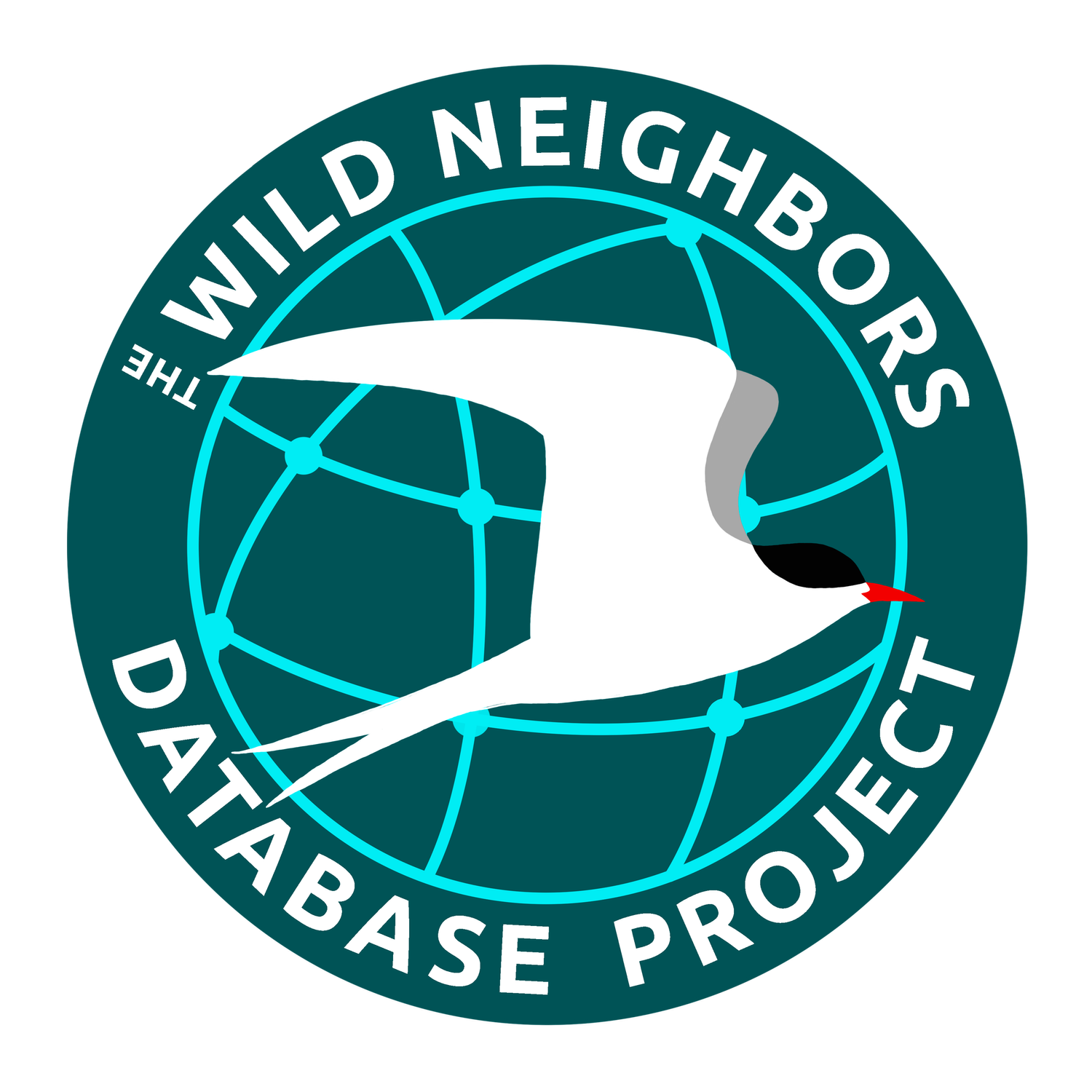The Clinical Wildlife Health Initiative (CWHI)
The Clinical Wildlife Health Initiative (CWHI) is a group of wildlife rehabilitation hospitals across North America, organized to develop a list of agreed upon standardized terminology used to described the Circumstances of Admission, Clinical Signs and Diagnosis of wildlife rehabilitation patients. The CWHI was organized and chaired by The Raptor Center of the University of Minnesota College of Veterinary Medicine. Its creation was a collaborative effort of more than a dozen wildlife care and conservation organizations including Wildlife Center of Virginia (WCV), the creators of Wild-One.
How the CWHI is Organized
The CWHI is organized primarily into three main groups of terminology:
- Circumstances of Admission – Why did the finder bring me this animal?
- Clinical Signs – What are the abnormal physical exam findings?
- Diagnosis – What caused the abnormal physical exam findings
Within each group there are many subgroups of definition terms, some of which contain a third subgroup of terms. As you traverse the terms down the tree, the terms become more and more specific. The definitions only go at most three levels deep in order to simplify the selection of an appropriate term(s) to use.
The Status of the CWHI
Recently the University of Minnesota Raptor Center has begun hosting a series of conference calls to re-examine the existing terms and enhance the terminology. Organizations from across North American, including Wildlife Rehabilitation MD, are contributing to the cause.
Wildlife Rehabilitation MD and the CWHI Terminology
We absolutely support the CWHI. We feel that regardless of which rehabilitation database one chooses, a standardized terminology shared by all is essential to the wildlife rehabilitation community's growth. However, we also are realistic and know that rehabbers are short on staff, time, money and other resources. We don't have the time to think about and choose the most appropriate term(s) for a case from lists within lists. We just want to write down observations and notes in sentences that make sense to us and our co-rehabers. Rehabilitators and veterinary staff that use Wildlife Rehabilitation MD really like the flexibility allowed by Wildlife Rehabilitation MD to describe the circumstances of admission, clinical signs and diagnosis of their patients in commonly used language or medical terminology. This creates a very interesting dilemma, we want standardized terminology, but we also need our record keeping to be quick and easy.Imagine a scenario during the middle of summer when you’re admitting over 50 animals a day. You have a line of people out the door, each holding a box with a stressed-out suffering patient. This scenario isn’t that uncommon for wildlife rehabilitation centers throughout the country. Those people in line and especially the animals need to be taken care of as quickly as possible. Wildlife Rehabilitation MD was designed by people who have endured summers like this and made it a point to be able to admit our cases quickly and all on one screen. Using common language to describe why the animal(s) were brought to our facility, it is a much easier way to record information.
Part of the Problem
Online behavioral studies have shown repeatedly that while online, people loose interest quickly if the answers they are seeking are not immediate. Choosing from a list of dozens of terms can be time consuming and is akin to taking a survey. It’s human nature to want things to be quick and easy—once a survey taker loses interest they simply abandon the task or fudge the answers simply to get it finished. This would be disastrous and counter productive for standardized terminology's cause.
Part of the Solution
Wildlife Rehabilitation MD is a database run on a server in the internet. All three of those words mean that any hard or time consuming work can and should be done by a computer. We think that we should let the computers (ie: Wildlife Rehabilitation MD) do the computing and let the rehabbers (ie: us) do the rehabbing. We simply use the fields in Wildlife Rehabilitation MD per normal to admit our patients, describe their injuries and record thier treatments and Wildlife Rehabilitation MD will (behind the scenes) analyze our records for keywords/phrases and determine which CWHI terms best fit. Think this sounds crazy? Try it on Google. They perform this same logic every second of the day, calculating webpage probability based in keyword search. It may seem like magic but in actuality it is simply people typing their words and letting computers do their jobs.All that said, we will also soon be including a list of the CWHI terms in Wildlife Rehabilitation MD so that if in fact you do want to choose the most appropriate term(s) you can.
The Next Steps for the CWHI and WRMD
As the University of Minnesota Raptor Center host more conference calls, terms are revised and important decisions are made, we'll make sure to keep you posted on the progress. In time, all this hard work being conducted by rehabilitation hospitals across North America, as well as all the major wildlife rehabilitation databases, will have a tremendously positive impact on our community and the patients we serve. This is a very exciting time going forward for our profession!
